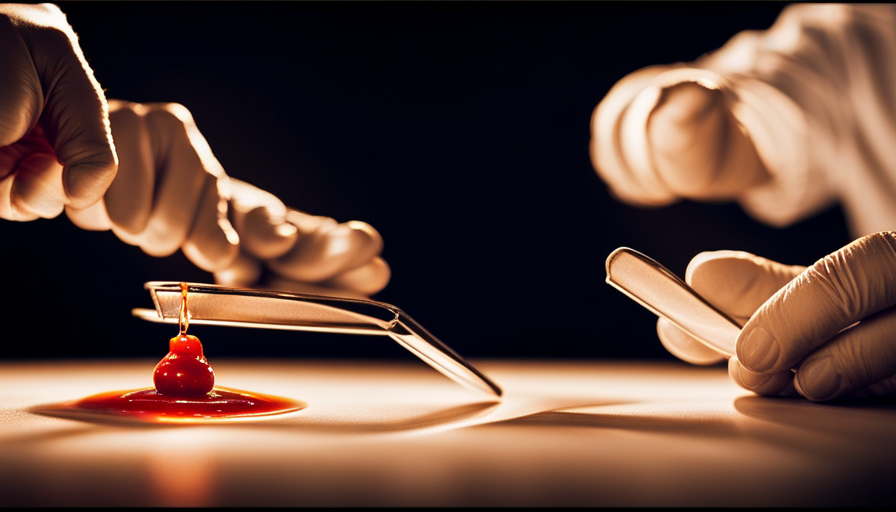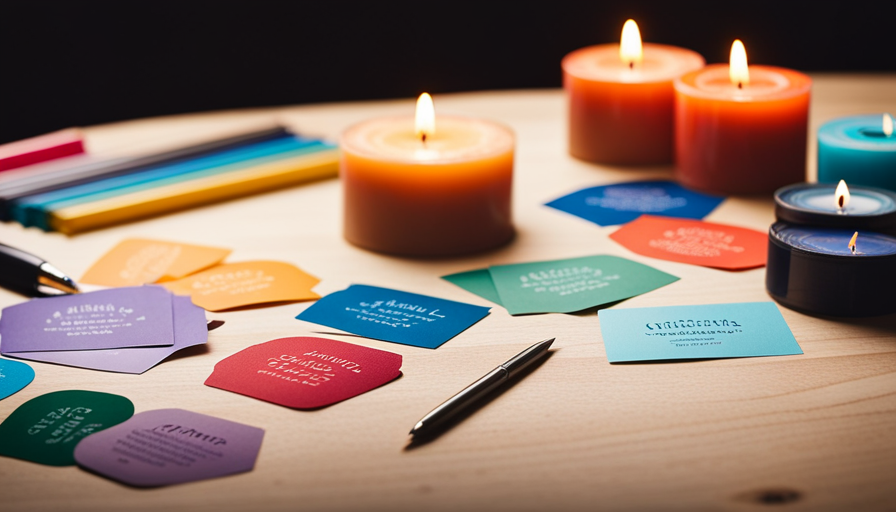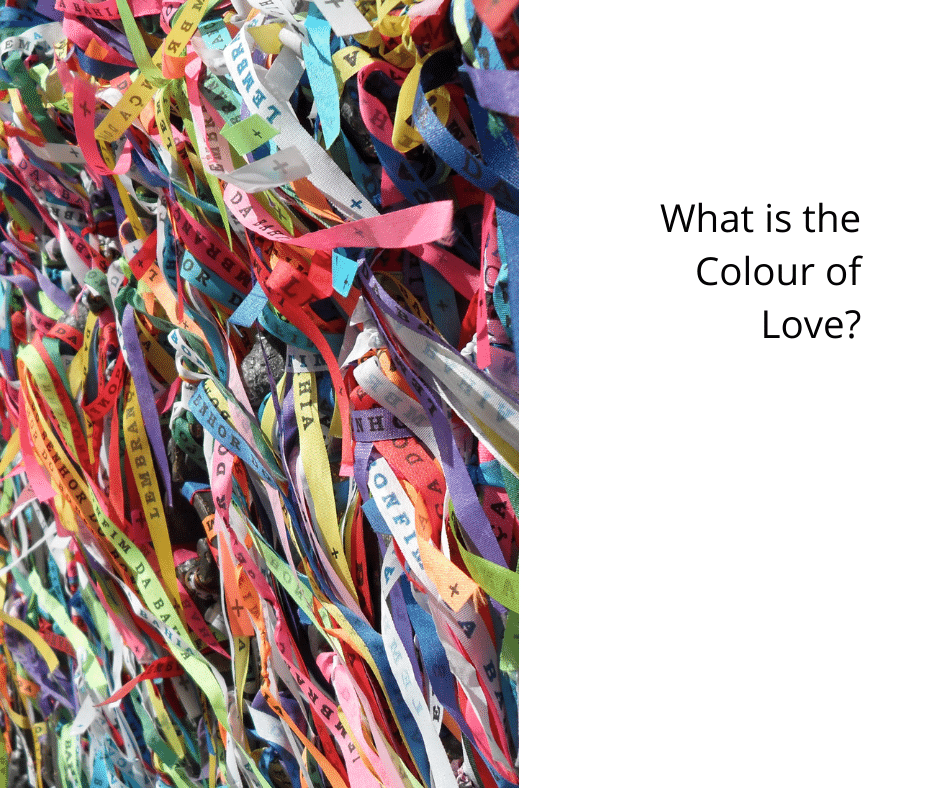If you’ve ever desired to make your home feel cozy but lack candles, don’t worry! Creating a candle from butter is a straightforward process, similar to spreading butter on toast. In fact, it’s even easier than that! Imagine making a candle as simple as buttering a slice of bread.
In this step-by-step guide, I will show you how to make your very own butter candle. From gathering the necessary materials to experimenting with different scents, I’ll walk you through each stage of the process. With just a few simple steps and some basic supplies, you can create a beautiful and fragrant candle right in your own kitchen.
So grab some butter, gather your materials, and let’s get started on this delightful DIY project. You’ll be amazed at how quickly and easily you can transform ordinary ingredients into a charming homemade candle.
Let’s dive into the world of butter candles together!
Key Takeaways
- Gather materials: unsalted butter, heat-safe container, wick material
- Shape butter into candle-like form: roll between palms or use mold
- Customize fragrance: add essential oils or dried herbs
- Safety precautions: never leave candle unattended, keep away from flammable objects, regularly trim wick
Gather Your Materials
You’ll need to gather all of your materials before you can create the warm, flickering glow of a butter candle. To start, make sure you have some unsalted butter on hand. You can use any brand, as long as it’s pure and not mixed with other ingredients.
Next, find a heat-safe container that you can pour the melted butter into. It could be a small glass jar or even a tea cup. Be creative!
Additionally, you’ll need some wick material to provide the flame for your candle. While traditional cotton wicks work well, feel free to experiment with alternative materials like twine or hemp string. These can add an interesting touch and create different shapes when the candle burns.
Once you have gathered all of your materials, prepare the butter by cutting it into small chunks or grating it to make melting easier. This will ensure that the butter melts evenly and doesn’t take too long to liquefy when heated.
Now that we have our materials ready, let’s move on to preparing the butter for our homemade candle creation!
Prepare the Butter
Once you’ve got your creamy golden goodness ready, it’s time to dive into the magical world of butter candle making. There are various types of butter that you can use for this project, such as unsalted butter or even flavored varieties like garlic or herb-infused butter. The choice is yours!
To shape the butter into a candle shape, there are a few tips to keep in mind. First, make sure the butter is at room temperature so it’s easier to work with. Then, take a small amount of butter and roll it between your palms to form a cylindrical shape. You can also use a mold if you prefer a specific design.
If you find that the butter is too soft and difficult to handle, try refrigerating it for a few minutes before shaping. This will help firm it up slightly without making it too hard.
Now that you’ve shaped your butter into a candle-like form, let’s move on to creating the wick in the next section.
Create the Wick
To craft the perfect wick for your homemade butter candle, gather a thin strip of cotton fabric and tightly roll it into a slender cylinder shape. This will serve as the foundation for your wick, allowing it to burn steadily and evenly.
Creating the wick is an essential step in making a butter candle. Here are some tips to help you make the best possible wick:
-
Wick materials: Cotton fabric is ideal for making wicks because it burns slowly and consistently. Avoid using synthetic fabrics or thick materials that may not burn well.
-
Alternative wick options: If you don’t have cotton fabric on hand, you can use other household items as makeshift wicks. Twine, hemp rope, or even a stripped piece of paper towel can work in a pinch.
-
Size matters: The thickness of your wick will determine how quickly or slowly your candle burns. Experiment with different widths to find the right balance for your desired burn time.
Now that you’ve created the perfect wick, it’s time to assemble the candle…
Assemble the Candle
Now, let’s bring all the elements together and create a beautiful masterpiece that will fill your space with warmth and tranquility. To assemble the butter candle, follow these step-by-step instructions:
- Take the wick that you created in the previous step and place it in the center of your chosen container.
- Slowly pour melted butter into the container, ensuring that it covers the wick by at least half an inch.
- Use a popsicle stick or a similar tool to stabilize the wick in place while pouring to prevent it from shifting.
- Allow the butter to cool and solidify completely before moving or using the candle.
- While waiting for the candle to set, let’s talk about some alternative candle materials you can experiment with. Instead of using butter, you can try using beeswax or soy wax as they are also great options for making candles. Each material has its own unique properties and benefits.
By following these simple candle making techniques and incorporating alternative candle materials, you can create a personalized candle that suits your preferences perfectly.
Let the Candle Set
After pouring the melted butter into the container and stabilizing the wick, visualize a sense of anticipation as you patiently wait for the candle to cool and solidify completely. This is a crucial step in candle making as it allows the butter to harden and take shape.
While waiting, here are some candle making tips to keep in mind.
-
Firstly, if you don’t have access to butter, you can explore alternative candle materials such as beeswax or soy wax. These options provide different scents and textures that can enhance your overall candle-making experience.
-
Additionally, ensure that your candle is placed on a flat surface during this setting period. This will prevent any accidental spills or uneven melting.
-
It’s important to remain patient during this time as rushing could ruin all your hard work. Resist the temptation to touch or move the candle until it has completely set.
Now that your butter candle has cooled and solidified, you’re ready to move on to the next step: lighting it up!
Light Your Butter Candle
To light your butter candle, start by grabbing a match or lighter. Hold the flame to the wick of the candle until it catches fire.
Once lit, sit back and enjoy the warm glow and beautiful fragrance that will fill your space.
Use a Match or Lighter
Simply grab a match or lighter and watch as the butter candle ignites with a flick of your wrist, creating a mesmerizing glow that can illuminate any room.
When it comes to lighting a butter candle, using a match has its benefits over a lighter. Firstly, matches provide a more controlled flame, allowing for easier and safer ignition of the candle. Secondly, matches are readily available and affordable compared to lighters. Lastly, using matches adds to the traditional charm of lighting candles.
If you don’t have access to matches or lighters, there are alternatives you can use to ignite your butter candle. Some options include using a fire starter stick or even rubbing two dry sticks together until sparks fly.
Now that your butter candle is lit, let’s move on to the next step where you can enjoy the warm glow and fragrance it brings to your space.
Enjoy the Warm Glow and Fragrance
Indulge in the cozy ambiance and delightful scent that emanate from the softly flickering glow of your newly lit butter candle. As you bask in the warm light, you can also customize the fragrance to suit your preferences. There are various options available, such as adding essential oils or dried herbs to infuse your space with a soothing aroma. The benefits of candle making extend beyond just creating a pleasant atmosphere. It can be a therapeutic activity that promotes relaxation and mindfulness. Additionally, making your own candles allows you to control the ingredients used, ensuring a natural and eco-friendly product. Now that you’ve learned about enjoying the fragrance options and benefits of candle making, let’s move on to important safety precautions for this enjoyable process.
| Table: Fragrance Options | Option | Description |
|---|---|---|
| Essential Oils | Add drops of essential oils for a calming or invigorating scent | |
| Dried Herbs | Infuse dried herbs like lavender or rosemary for a subtle herbal fragrance |
Transitioning into safety precautions, it is crucial to prioritize responsible handling during the candle-making process.
Safety Precautions
When making a butter candle, it’s important to remember two key safety precautions.
First, never leave the candle unattended while it’s lit. This can help prevent accidents and ensure that the flame doesn’t spread uncontrollably.
Second, keep the candle away from any flammable objects to avoid potential fires or damage.
By following these two simple rules, you can enjoy your butter candle safely and without any worries.
Never Leave the Candle Unattended
Always remember to keep a close eye on your butter candle, as leaving it unattended could lead to potential fire hazards. To ensure the safety of your home and loved ones, follow these guidelines:
-
Set a timer: When lighting a butter candle, set a timer for the duration you plan to leave the room. This will remind you to return and extinguish the flame.
-
Create a safe zone: Keep the area surrounding your butter candle clear of any flammable objects such as curtains or papers. Maintain at least one foot of open space in all directions.
-
Use proper containers: Always place your butter candle in a sturdy, heat-resistant container that won’t easily tip over. This will prevent accidental spills and reduce the risk of fires.
Remember, never leave your butter candle unattended even for a short period of time.
Now let’s move on to our next important safety precaution: keeping the candle away from flammable objects.
Keep Away from Flammable Objects
Ensure the safety of your surroundings by keeping flammable objects at a safe distance from your burning candle. Flammable objects can easily catch fire when exposed to an open flame, so it is crucial to exercise caution and be mindful of potential hazards. To help you better understand the importance of this, refer to the table below:
| Flammable Objects | Potential Hazards |
|---|---|
| Curtains | Risk of spreading fire rapidly |
| Paper | Quick ignition and rapid flame spread |
| Alcohol | Highly flammable and can cause explosion |
By maintaining a safe distance between your butter candle and these flammable objects, you reduce the risk of accidents or fires. Remember, fire safety should always be a top priority when using candles. In the next section about maintenance and care, we will discuss how to ensure the longevity of your butter candle without compromising safety.
Maintenance and Care
To keep your butter candle burning brightly, you’ll want to regularly trim the wick to prevent excessive smoke and ensure a steady flame. Here are some important maintenance and care tips for your butter candle:
-
Trim the Wick: Use a pair of scissors or wick trimmers to cut the wick down to about ¼ inch before each use. This will help reduce soot buildup and promote an even burn.
-
Store Properly: When not in use, store your butter candle in a cool, dry place away from direct sunlight. This will help prevent melting and maintain its shape.
-
Clean the Jar: Over time, residue may accumulate on the inside of the jar. To clean it, gently wipe with a soft cloth or paper towel. Avoid using water or harsh chemicals as they can damage the candle.
Experiment with different scents by adding essential oils or dried herbs to melted butter before pouring it into molds. This allows you to create personalized scented candles that suit your preferences.
Now let’s move on to exploring how you can experiment with different scents for your butter candles!
Experiment with Different Scents
Exploring various aromatic options allows for a delightful array of scents to be infused into your homemade candles. To enhance the visual appeal of your butter candle, you can also experiment with different colors. Adding a hint of color to your candle not only makes it visually appealing but also creates a beautiful ambiance when lit.
When it comes to incorporating scents into your butter candle, there are several options to explore. You can opt for natural fragrance options such as essential oils or dried herbs and flowers. Essential oils like lavender, vanilla, or citrus add a refreshing aroma to your candle, while dried herbs and flowers like rosemary or chamomile provide a more earthy scent.
To incorporate these fragrances into your candle, start by melting the butter in a double boiler until it becomes liquid. Once melted, remove from heat and allow it to cool slightly before adding the desired scent. Add 10-15 drops of essential oil or a small handful of dried herbs and flowers per cup of melted butter.
After adding the scent, pour the mixture into your chosen mold and let it solidify completely. Once solidified, you can move on to the next step: sharing your creation with others!
Share Your Creation
Once you’ve successfully made your butter candle, it’s time to display your creation!
Find a safe place in your home to showcase the beautiful glow and inviting scent of your candle.
Not only is it a great conversation starter, but it also adds warmth and ambiance to any room.
Additionally, consider gifting these unique candles to friends and family. They’ll appreciate the thoughtfulness and enjoy the cozy atmosphere it creates in their own homes.
Display Your Butter Candle
First, place your beautifully crafted butter candle on a table or shelf as a stunning centerpiece, captivating guests with its warm glow. Did you know that candles have been used for centuries to create ambiance and enhance relaxation? To display your butter candle in an elegant way, consider these ideas:
-
Use a decorative plate: Place the butter candle on a stylish plate to add sophistication and protect surfaces from any melted butter.
-
Get creative with candle holders: Explore unique candle holders like glass jars, vintage teacups, or even hollowed-out fruits for a charming touch.
-
Play with heights: Arrange multiple butter candles of varying heights to create visual interest and dimension.
Now that you’ve displayed your masterpiece, it’s time to think about how you can share the joy by gifting these delightful creations to friends and family.
Gift to Friends and Family
Now that you’ve successfully displayed your butter candle, it’s time to think about sharing this unique creation with your friends and family.
One great way to do this is by giving them as gifts. Not only will they appreciate the thoughtfulness behind a homemade gift, but they’ll also enjoy the cozy ambiance created by the butter candle.
To make your gift even more special, consider some creative gift wrapping ideas. You could use a mason jar tied with a ribbon or wrap it in decorative paper and add a personalized note.
Another option is to create homemade candle holders using materials like glass jars, tin cans, or even recycled wine bottles. These unique and personalized touches will surely make your butter candles stand out as heartfelt gifts for your loved ones.
Frequently Asked Questions
Can I use any type of butter to make a butter candle?
Sure, you can use different types of butter to make a butter candle. The type of butter you choose will affect the scent and appearance of the candle.
Alternative butter options include unsalted butter, salted butter, and clarified butter. Unsalted butter gives off a neutral scent, while salted butter adds a subtle savory aroma. Clarified butter has a higher smoke point but may have less fragrance.
Consider these pros and cons when deciding which type of butter to use for your candle-making project.
How long does it take for the butter candle to set?
The butter candle takes about 2-3 hours to set completely.
Now, you might be wondering if you can use margarine instead of butter for the candle. While it’s tempting to substitute, I recommend sticking with butter as it has a higher fat content and will burn longer.
To make a butter candle, simply melt the butter, pour it into a container, insert a wick, and let it cool until solidified.
Can I add colors or dyes to the butter to make colored candles?
Yes, you can add colors or dyes to the butter to make colored candles. There are a few different methods you can use to do this. One option is to melt the butter and then mix in a small amount of liquid dye or food coloring.
Another method is to add powdered pigments directly to the softened butter before shaping it into a candle. However, keep in mind that adding colors may affect the burning properties of the candle, so consider the pros and cons before proceeding.
How long does a butter candle burn for?
Butter candles have a relatively short burn time compared to traditional wax candles. On average, a butter candle burns for about 1-2 hours, depending on the size and thickness of the wick.
This is because butter has a lower melting point than alternative waxes like soy or beeswax. While this may not be ideal for long-lasting light, it can be a charming and fragrant addition to a cozy evening or dinner setting.
Can I reuse the leftover melted butter after the candle has burned out?
Yes, you can definitely reuse the leftover melted butter after the candle has burned out! There are many alternative uses for it.
First, let it cool and solidify. Then, you can use it for cooking or baking to add a rich, buttery flavor to your dishes. You could also spread it on toast or use it as a topping for vegetables or popcorn. The possibilities are endless with this versatile ingredient!
Conclusion
So there you have it! Making a butter candle isn’t only easy, but it’s also incredibly fun and rewarding. Who knew that with just a few simple steps, you could create such a unique and delightful piece of decor?
Now, go ahead and gather your materials, prepare the butter, create the wick, assemble the candle, let it set, and voila! You’ll have yourself a beautiful butter candle that’ll surely impress all your friends.
So what’re you waiting for? Get creative and start making your own butter candles today!









